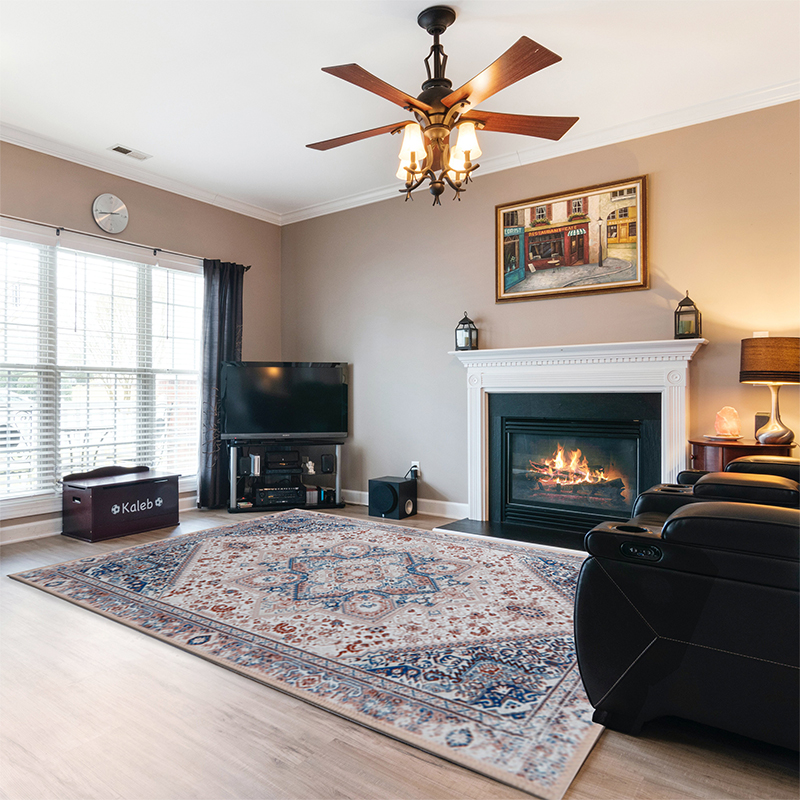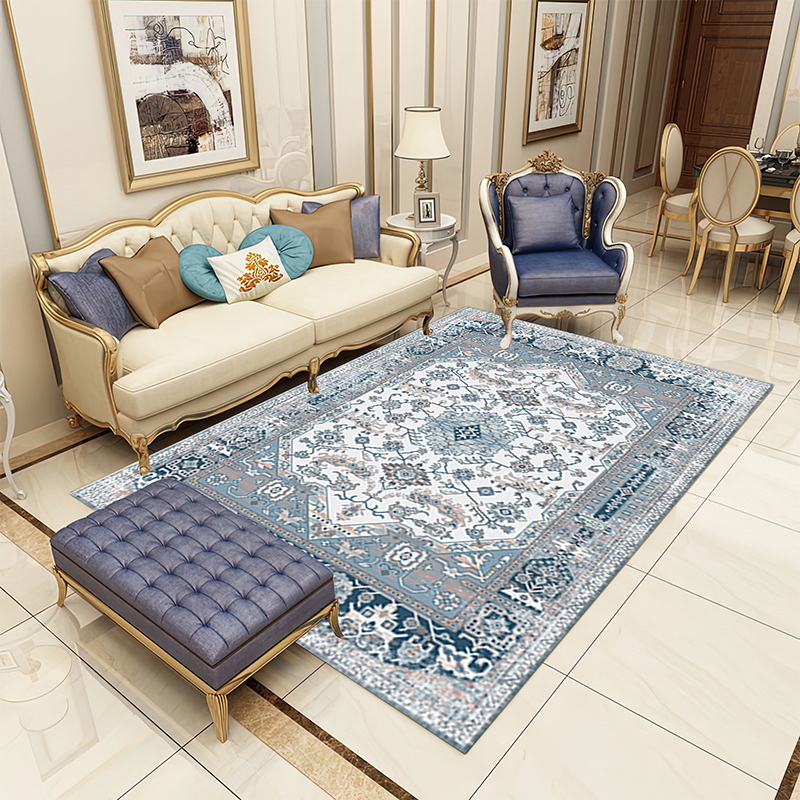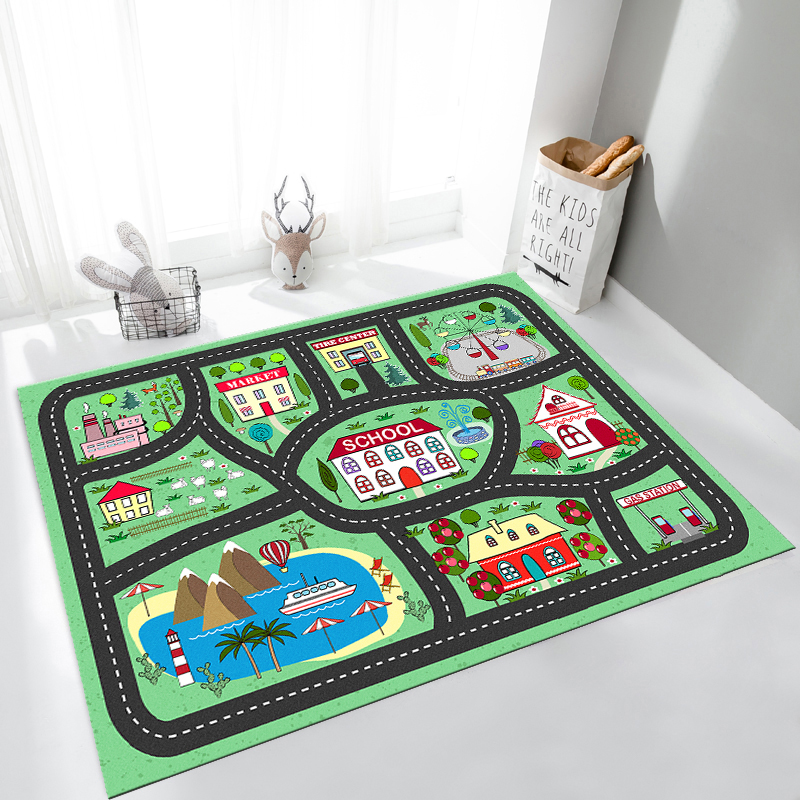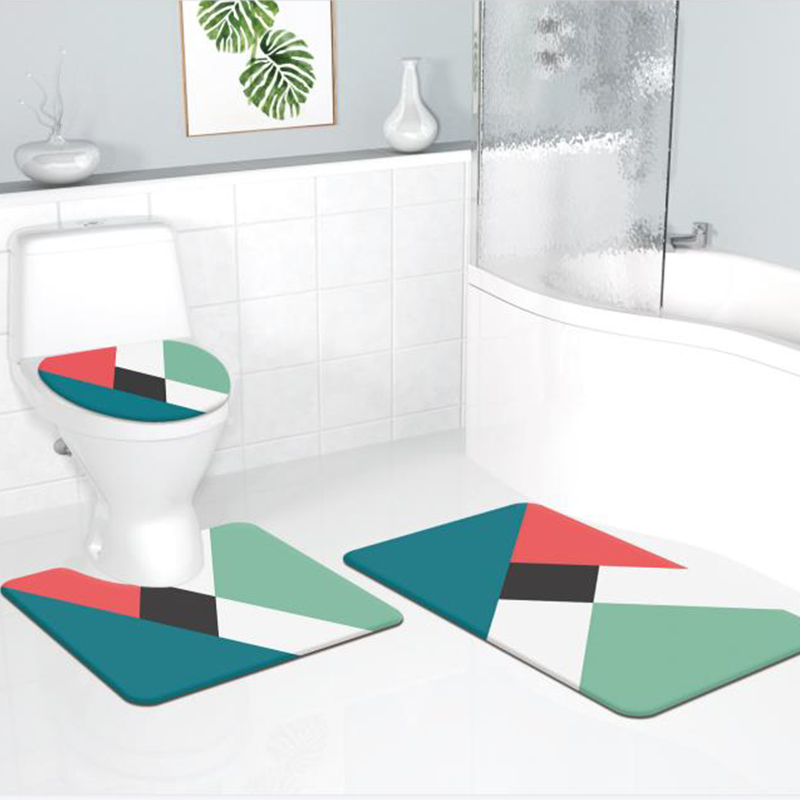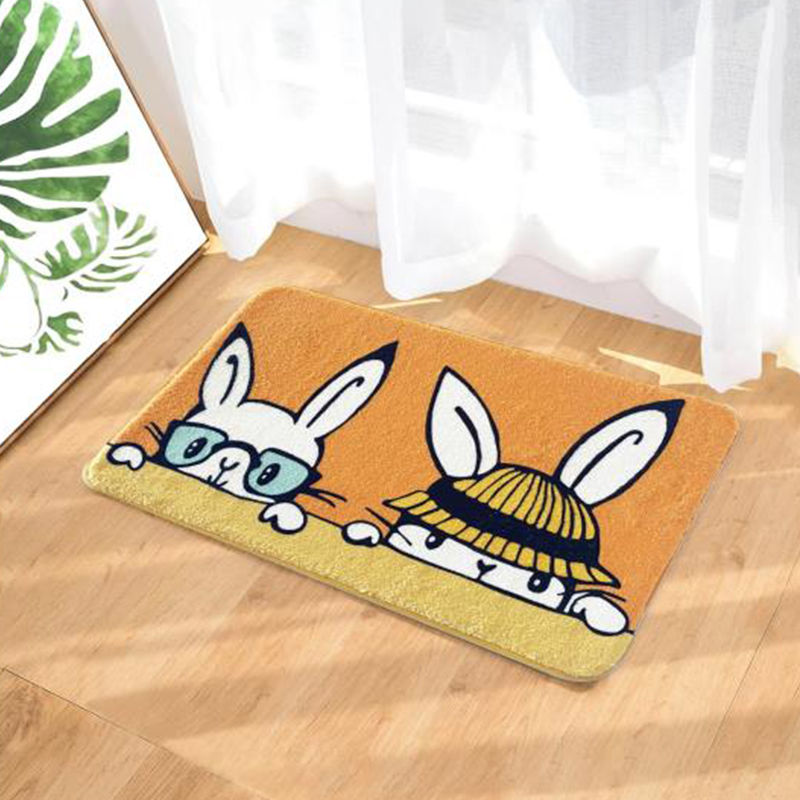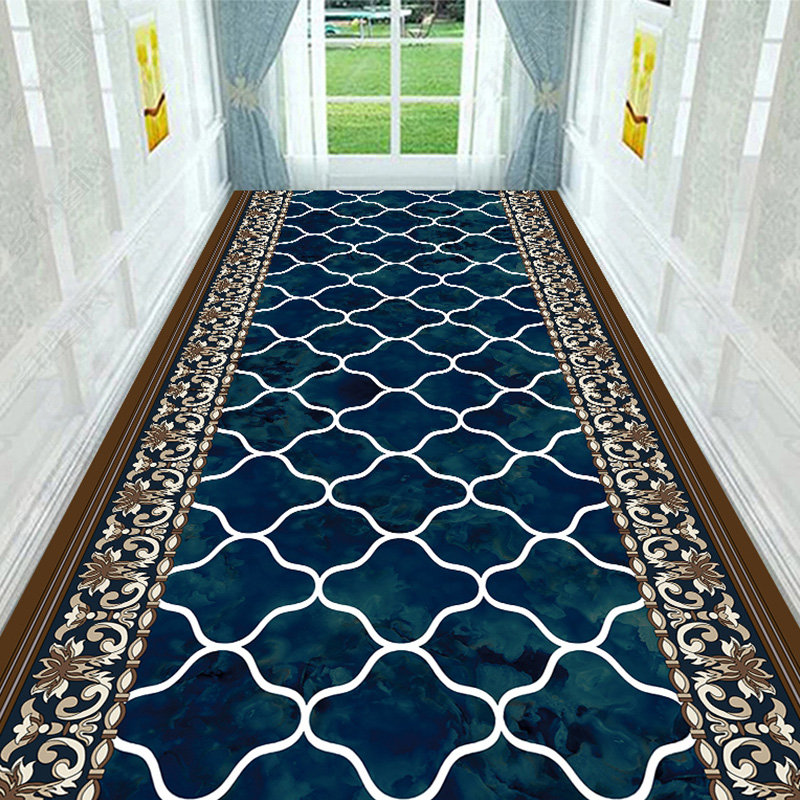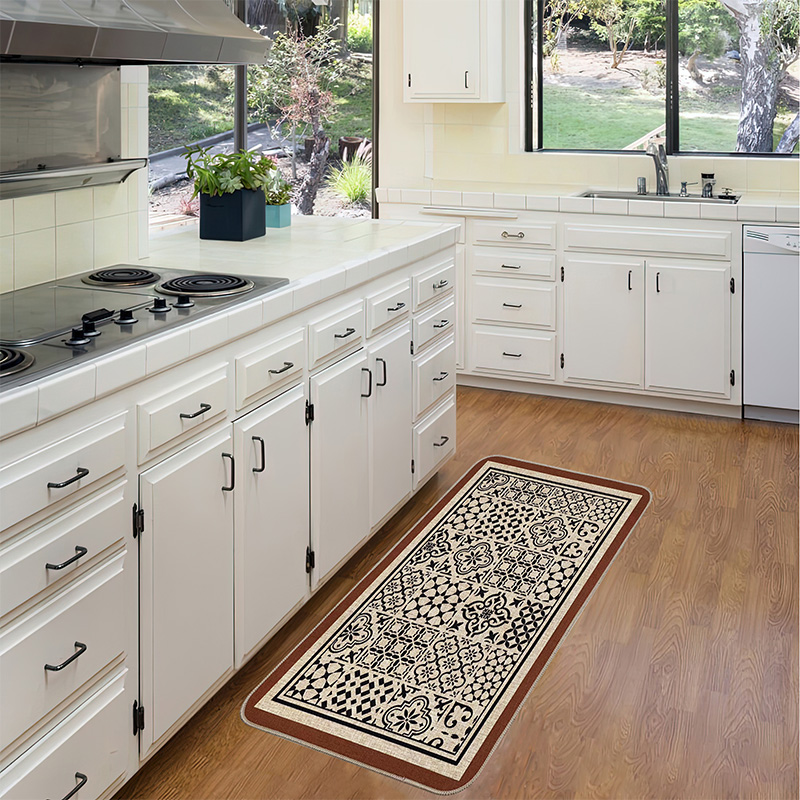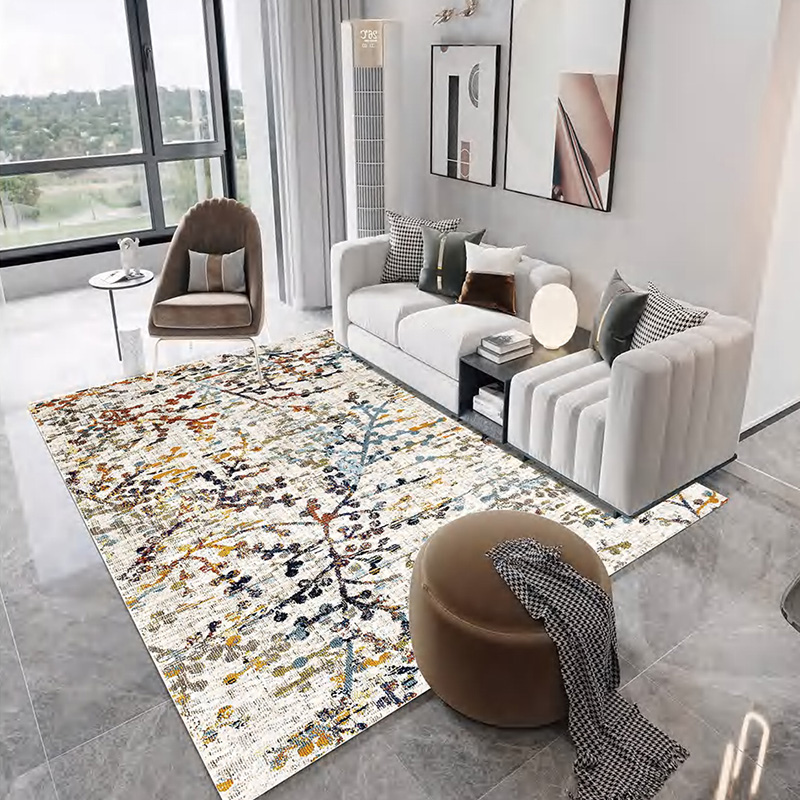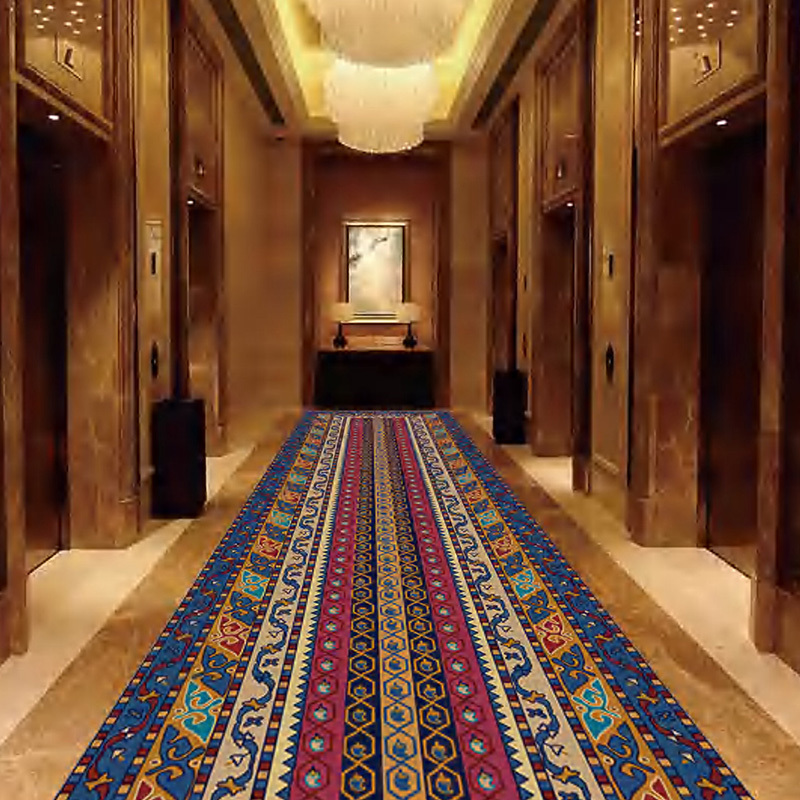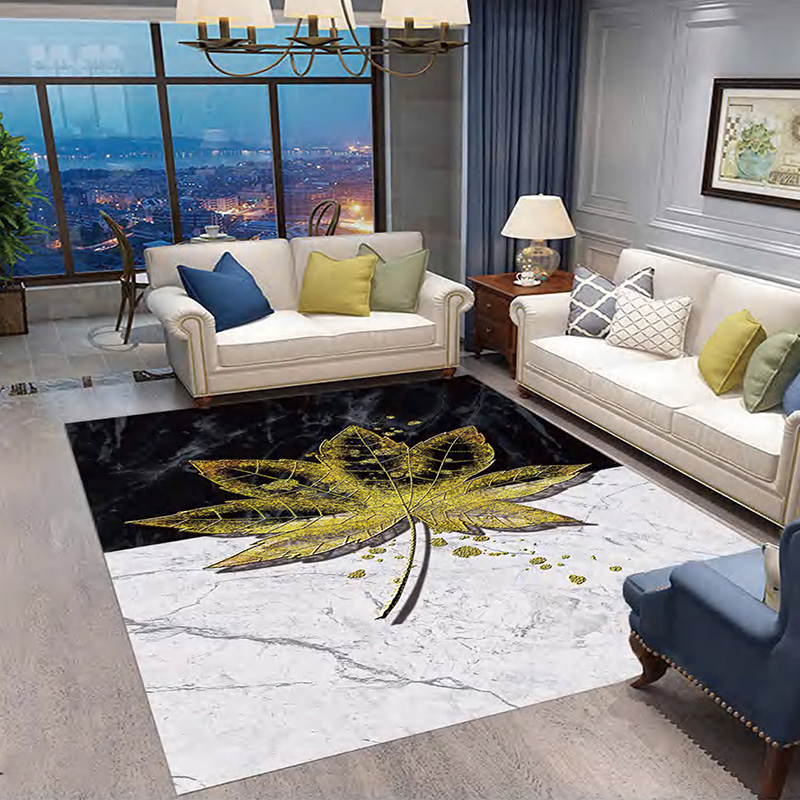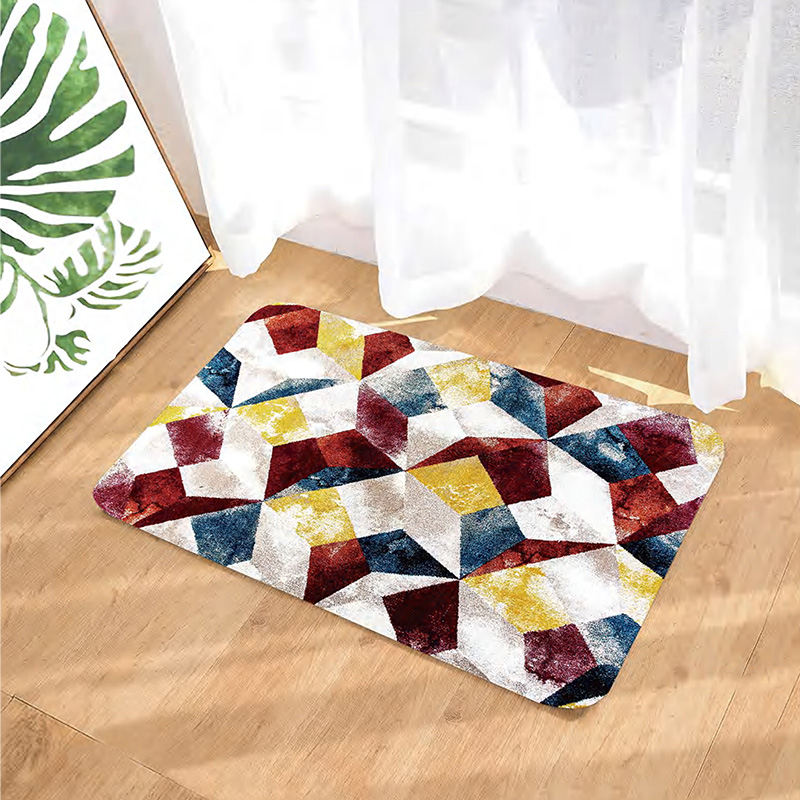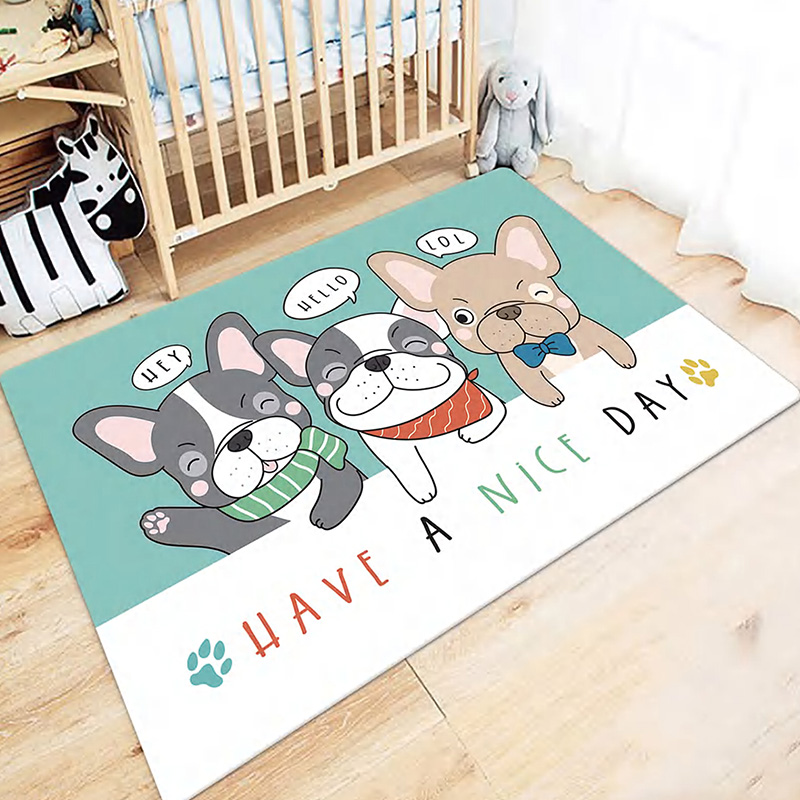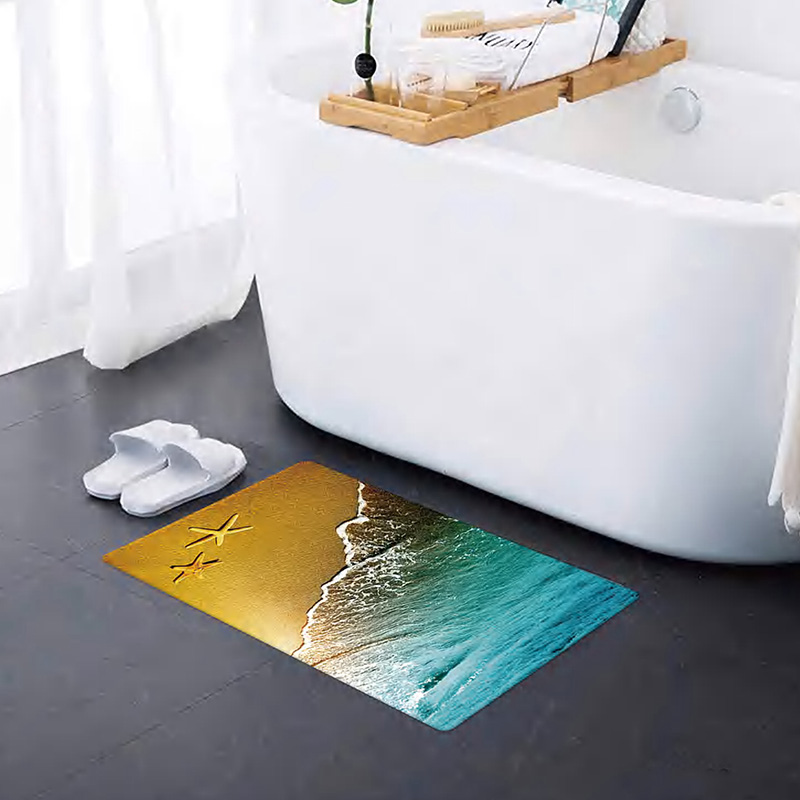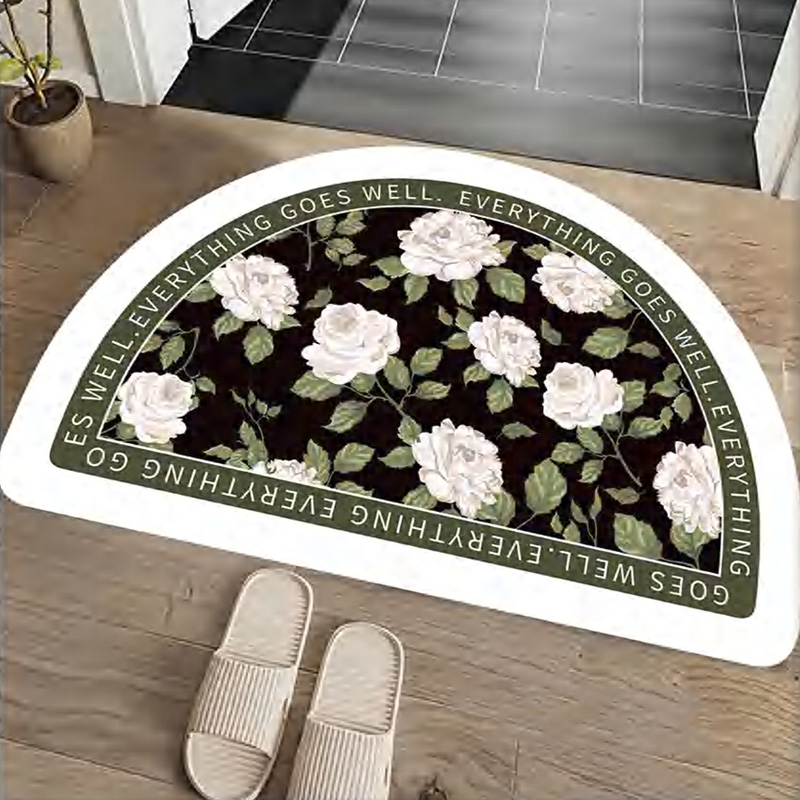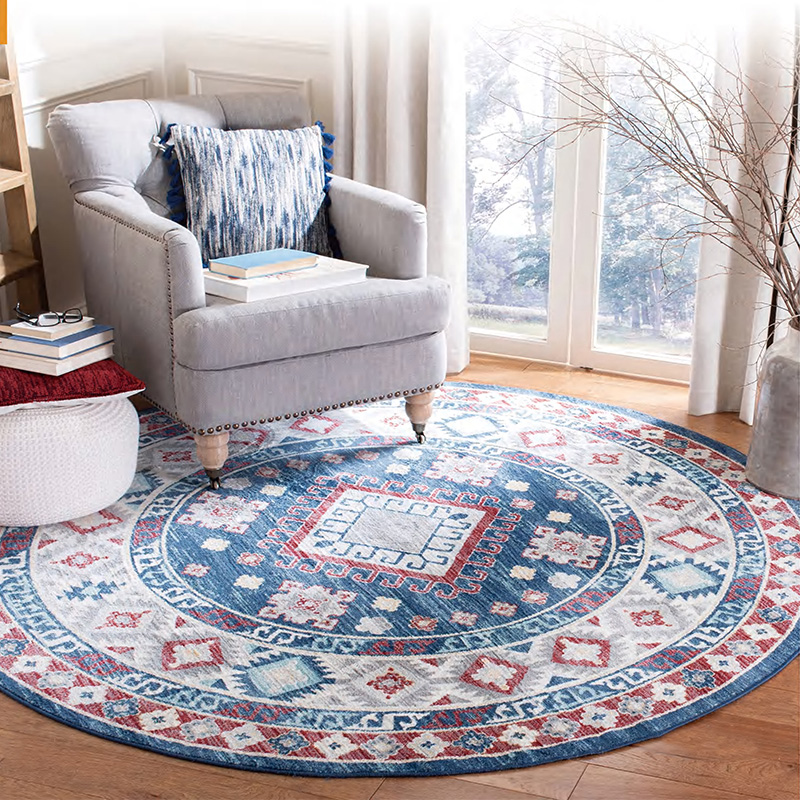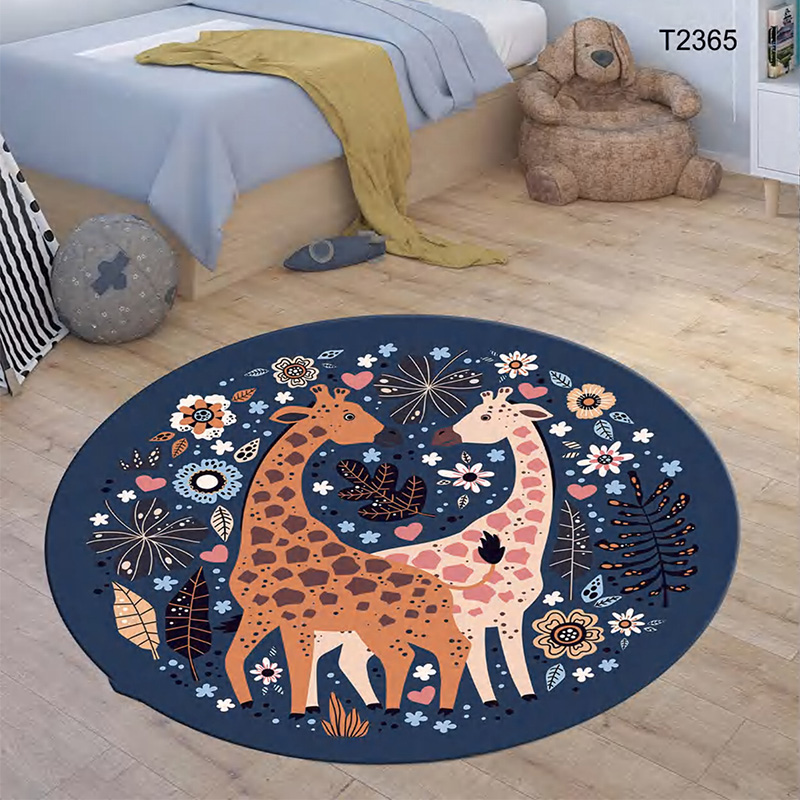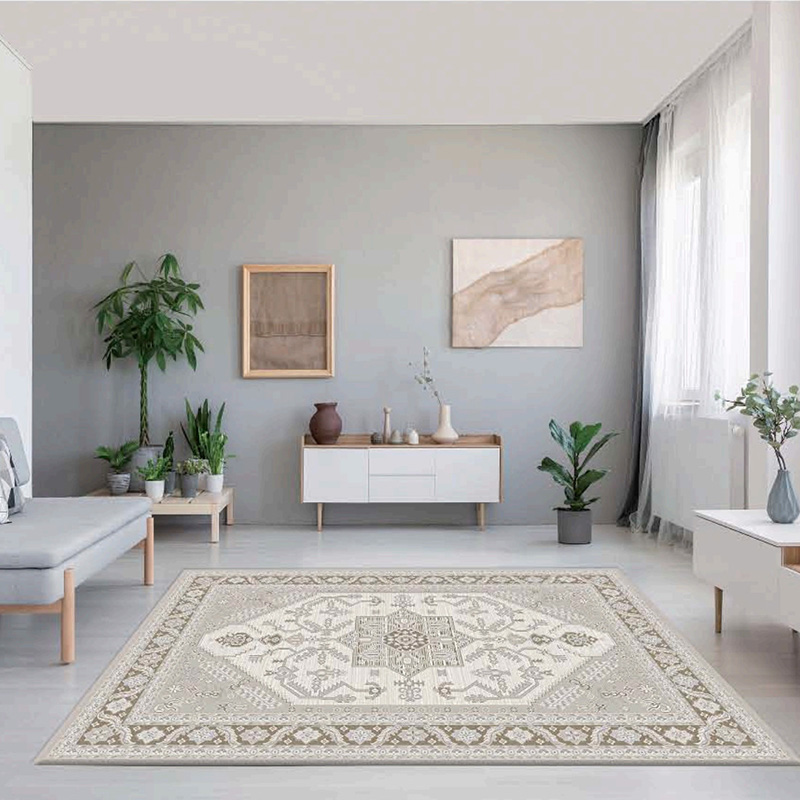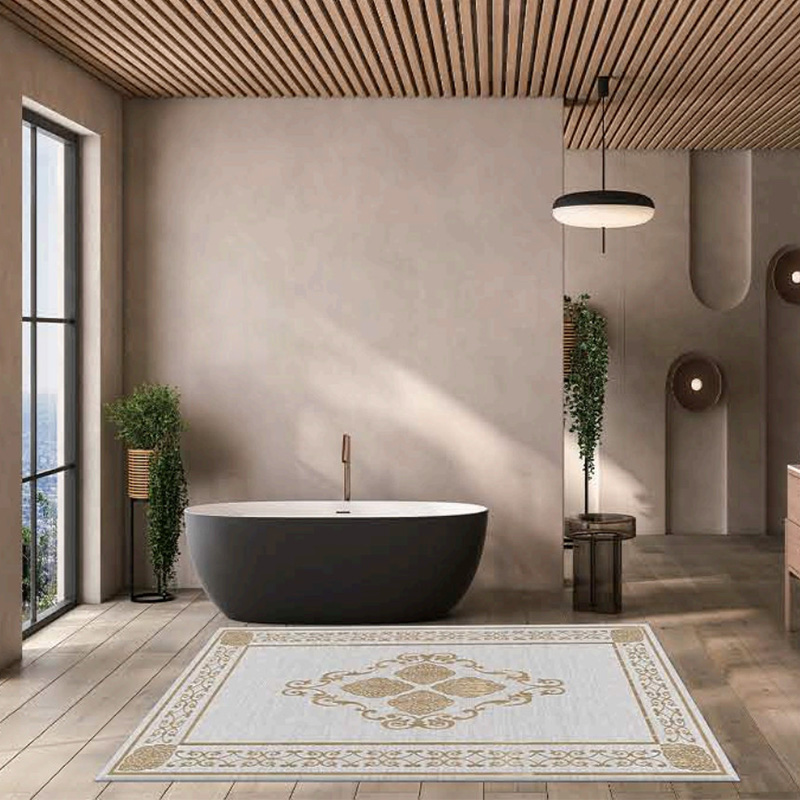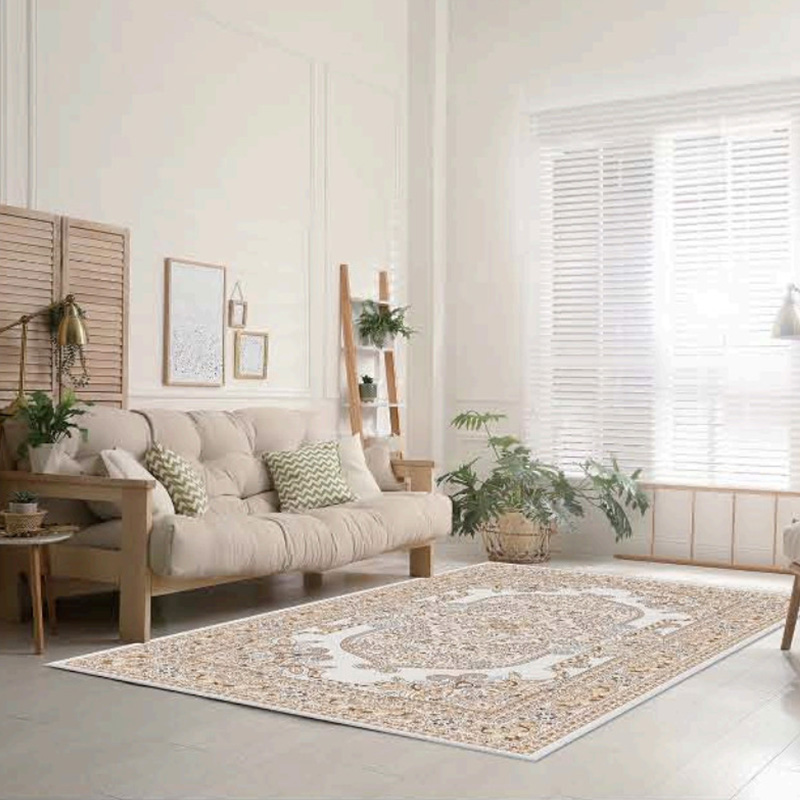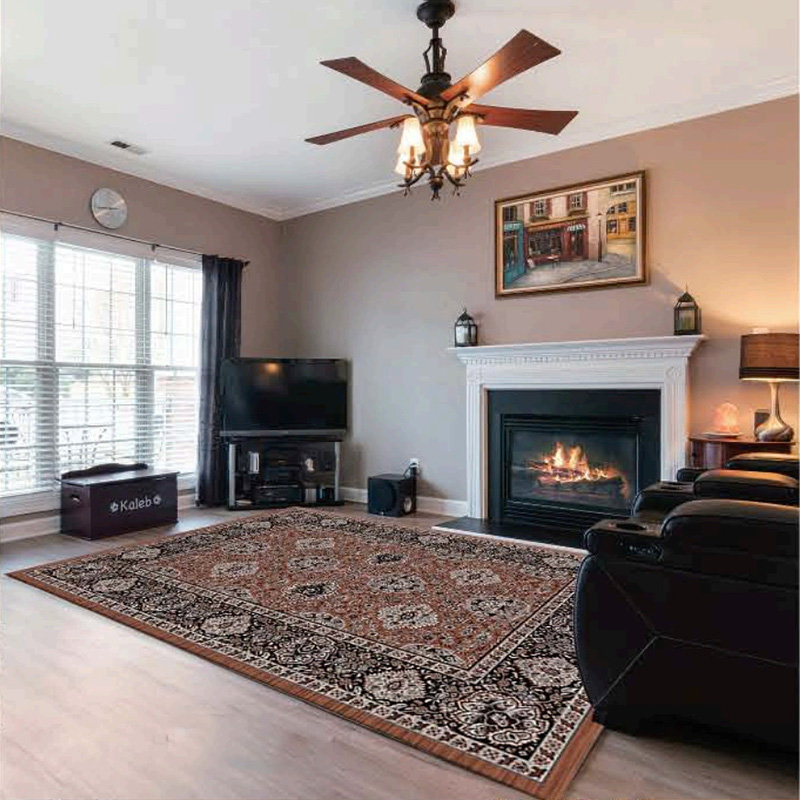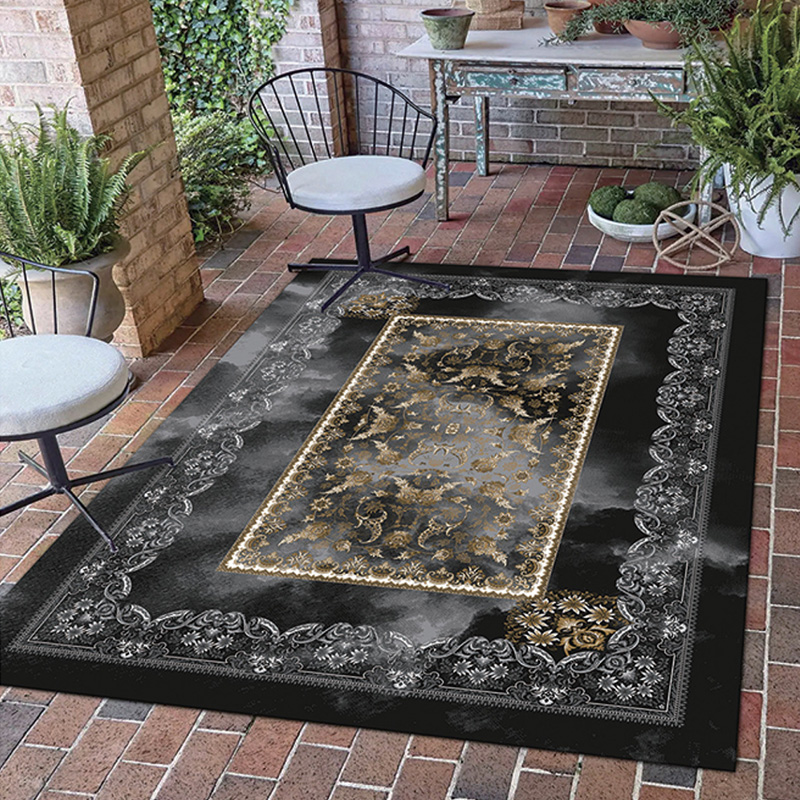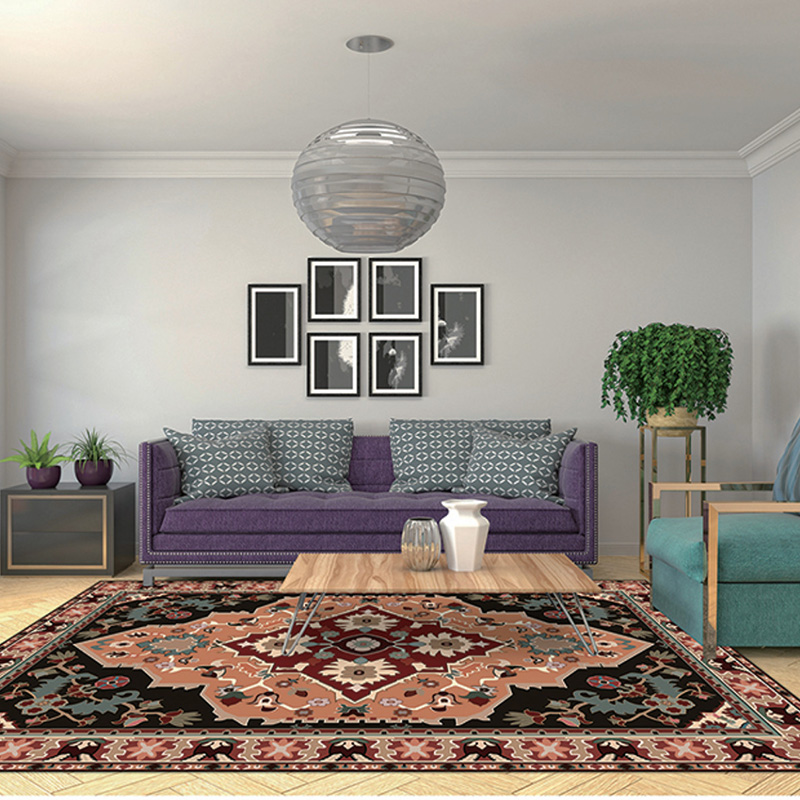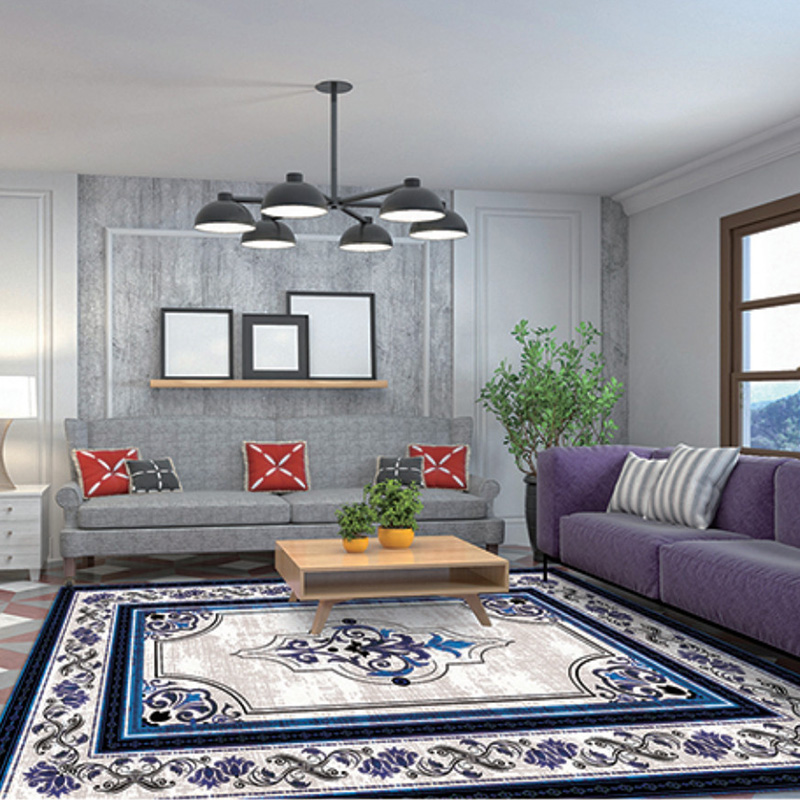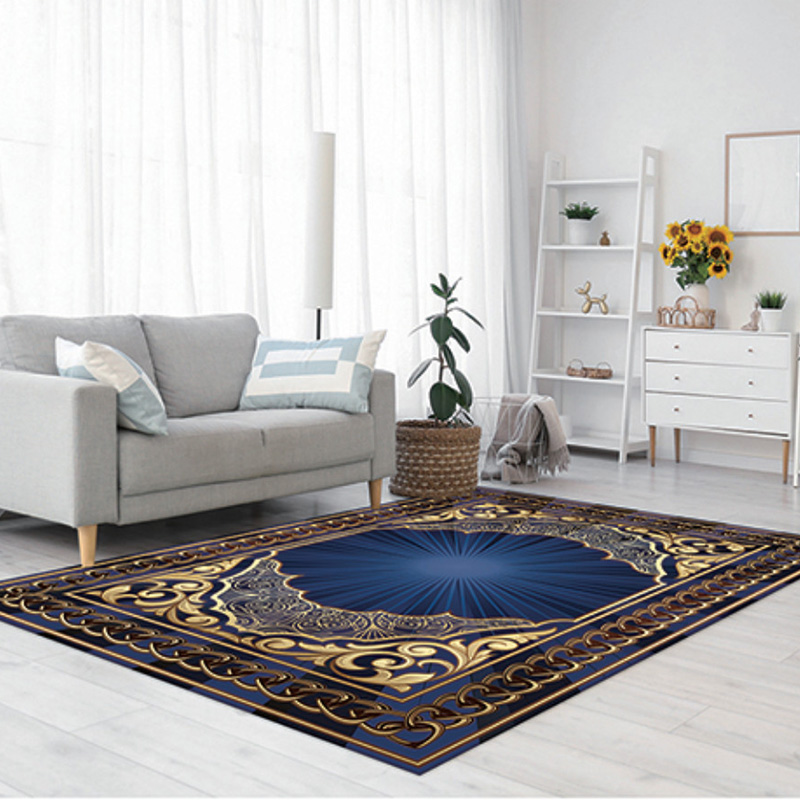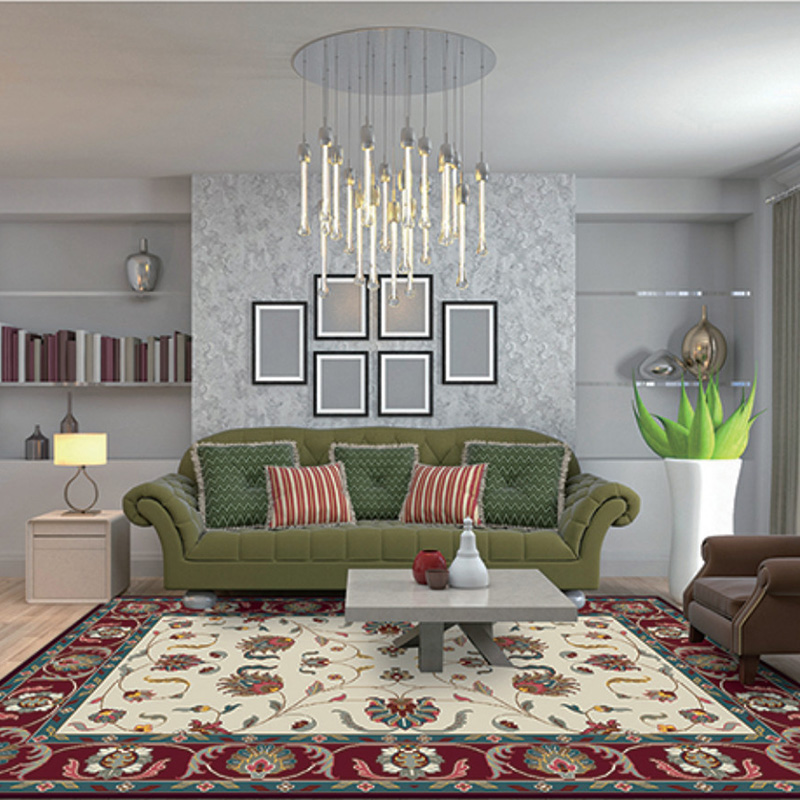As parents, we want every inch of our children’s rooms to be both magical and harmless, yet the very item designed to soften falls—the kids rug—can harbor hidden hazards. From off-gassing chemicals to loose fibers that become choking risks, the question “Kids Rugs Safety: What Materials Are Safe?” is not just prudent; it is urgent. This article dissects the common rug materials, the certifications that separate safe from suspect, and practical steps you can take today.
Start with the backing. Many inexpensive rugs use PVC (polyvinyl chloride) because it is cheap and slip-resistant. Unfortunately, PVC often contains phthalates, which the U.S. Consumer Product Safety Commission links to endocrine disruption in young children. A safer backing alternative is thermoplastic rubber (TPR). TPR contains no phthalates or heavy metals, retains its non-slip grip, and can be recycled at the end of its life. If you see “full TPR” on the label, you have already eliminated a major source of indoor air pollution.
Next, inspect the face fibers. Conventional nylon is durable and stain-resistant, but it is usually treated with per- and polyfluoroalkyl substances (PFAS) to repel spills. Emerging research from the Environmental Working Group shows that PFAS migrate into household dust, where toddlers inhale or ingest them while crawling. Instead, look for solution-dyed polyester or recycled PET (polyethylene terephthalate). Both resist stains naturally, produce almost no volatile organic compounds (VOCs), and divert plastic bottles from landfills. One square meter of a high-quality PET rug can contain up to fifty recycled bottles without sacrificing softness.
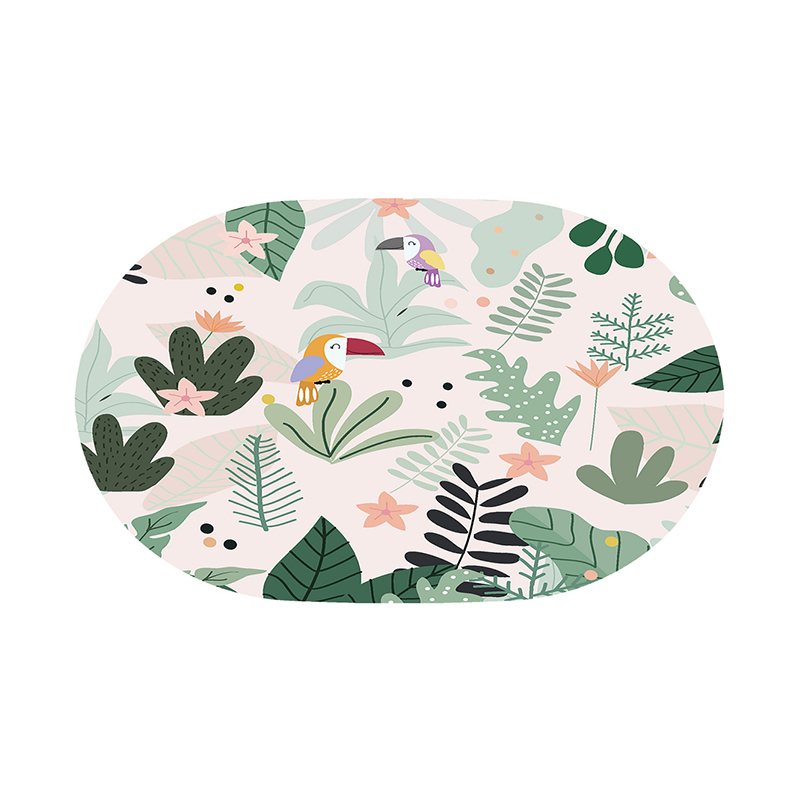
Natural fibers evoke an even greener image, but not all are child-friendly. Jute and sisal are biodegradable and VOC-free, yet their coarse texture can scratch delicate skin and unravel into long strands that curious fingers pull loose. If you prefer natural, choose organic cotton or undyed wool certified by GOTS (Global Organic Textile Standard). Organic cotton eliminates pesticide residues, while lanolin-rich wool is naturally flame-retardant and hypoallergenic. Note that wool must carry the OEKO-TEX Standard 100 label to guarantee it was processed without chlorine bleach or moth-proofing chemicals.
Certifications are your fastest shortcut to safety. In addition to GOTS and OEKO-TEX, look for Greenguard Gold, which tests for over 10,000 chemicals and sets stricter limits for schools and nurseries. A rug that passes Greenguard Gold emits at least 50% fewer VOCs than one that merely meets basic Greenguard criteria. Finally, the Carpet & Rug Institute’s Green Label Plus focuses specifically on carpet emissions; a rug bearing this mark releases fewer than 0.5 mg/m³ of total VOCs.
Once you have identified a safe material, routine care keeps it that way. Vacuum with a HEPA filter twice a week to remove dust that may contain residual chemicals. Spot-clean with a 50/50 solution of white vinegar and water instead of commercial sprays whose ingredients lists can be murkier than the stains themselves. Air the room daily; even the safest rug benefits from fresh circulation.

 英语
英语 阿拉伯语
阿拉伯语 德语
德语
